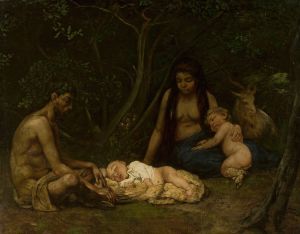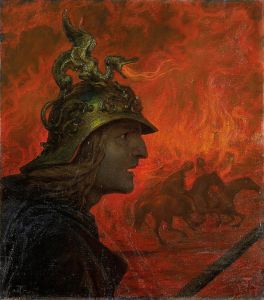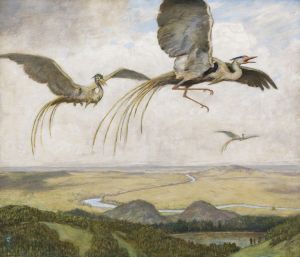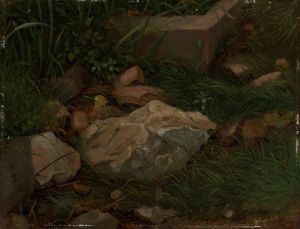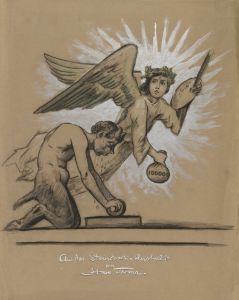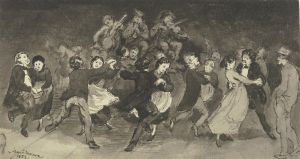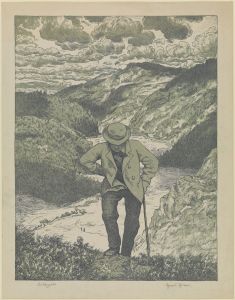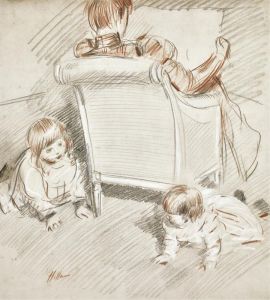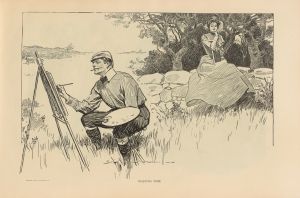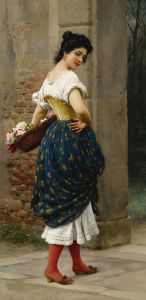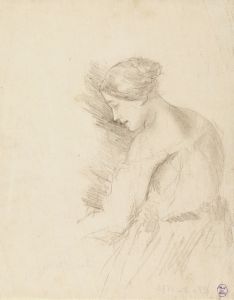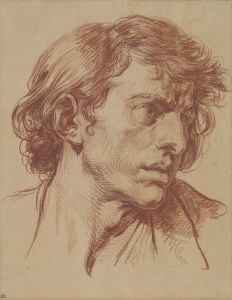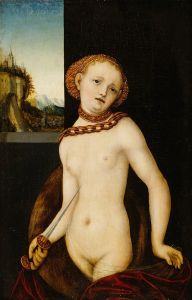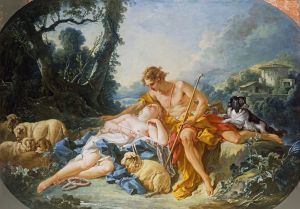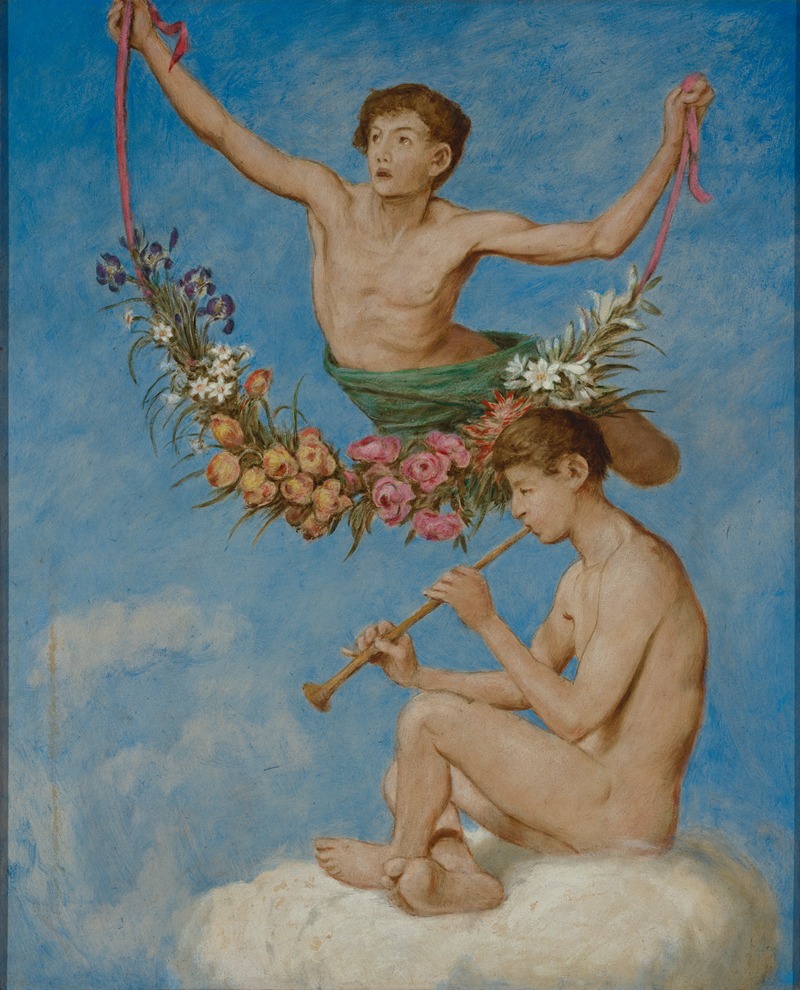
Mai
A hand-painted replica of Hans Thoma’s masterpiece Mai, meticulously crafted by professional artists to capture the true essence of the original. Each piece is created with museum-quality canvas and rare mineral pigments, carefully painted by experienced artists with delicate brushstrokes and rich, layered colors to perfectly recreate the texture of the original artwork. Unlike machine-printed reproductions, this hand-painted version brings the painting to life, infused with the artist’s emotions and skill in every stroke. Whether for personal collection or home decoration, it instantly elevates the artistic atmosphere of any space.
Hans Thoma was a German painter born on October 2, 1839, in Bernau, in the Black Forest region of Germany. He is known for his detailed and realistic landscapes, portraits, and genre paintings. Thoma's work is often associated with the Romantic and Symbolist movements, and he was influenced by both the German and Dutch masters, as well as by contemporary artists of his time.
One of Thoma's notable works is the painting titled "Mai," which translates to "May" in English. This painting exemplifies Thoma's ability to capture the essence of the natural world with a keen eye for detail and a deep appreciation for the beauty of the landscape. While specific details about the painting "Mai" are limited, Thoma's broader body of work provides context for understanding his artistic style and thematic interests.
Thoma's paintings often depict idyllic scenes of rural life, infused with a sense of tranquility and harmony with nature. His landscapes frequently feature lush greenery, rolling hills, and serene skies, reflecting the beauty of the German countryside. In "Mai," it is likely that Thoma continued this tradition, capturing the essence of springtime with its vibrant colors and rejuvenating atmosphere.
Throughout his career, Hans Thoma was celebrated for his ability to blend realism with a touch of idealism. His works often convey a sense of nostalgia and a longing for a simpler, more harmonious existence. This is evident in his portrayal of nature, where he emphasizes the interconnectedness of humans and the natural world.
Thoma's artistic journey began with his studies at the Karlsruhe Academy of Fine Arts, where he was trained under the guidance of Johann Wilhelm Schirmer and Ludwig des Coudres. He later moved to Düsseldorf and Paris, where he was exposed to various artistic influences that shaped his style. Despite these influences, Thoma maintained a unique voice in his work, characterized by his meticulous attention to detail and his ability to evoke emotion through his depictions of nature.
In addition to his landscapes, Thoma also painted portraits and religious scenes, showcasing his versatility as an artist. His work gained recognition during his lifetime, and he became a prominent figure in the German art scene. Thoma's contributions to art were acknowledged with several honors, including his appointment as the director of the Karlsruhe Art Gallery.
Hans Thoma passed away on November 7, 1924, in Karlsruhe, Germany. His legacy endures through his paintings, which continue to be appreciated for their beauty and their reflection of the natural world. While specific information about the painting "Mai" may be limited, it is clear that Thoma's work as a whole captures the spirit of the landscapes he so dearly loved, offering viewers a glimpse into the serene and harmonious world he envisioned.





